Watch AI-trained robots dribble, pass, and score goals (Video: Google DeepMind).
Humanoid robots have long been the product of scientists' ambition to create a device that can simulate all human activities, thereby serving us for many different purposes.
However, the development of humanoid robots has always faced many limitations, because every movement needs to be programmed. This requires scientists to synthesize huge amounts of data.
However, today's robot technology has received great assistance from AI. This creates a major turning point in the development and implementation of robots in practice.
AI's self-learning ability means that robots will not need to move according to pre-programmed movements, but will be fully capable of performing techniques without direct human control.
In a new study, scientists at Google DeepMind trained the robot Robotis OP3 to play soccer using a technique called "deep reinforcement learning."
This is a machine learning training technique that combines various AI training methods. In it, robots use algorithmic networks that function like artificial neurons, and are arranged similarly to the human brain.

Robots trained by AI have developed extremely difficult-to-program emergency movement behaviors, such as turning the angle of their feet, spinning around to fool opponents...
In simulated matches, robots trained with AI moved 181% faster, turned 302% faster, kicked the ball 34% faster, and took 63% less time to recover from falls than robots not trained using this technique.
From the actual recorded video, it can be seen that the robot was able to perform complex movements such as dribbling, blocking, passing, scoring... relatively skillfully and at high speed.
The researchers added that the robot also developed emergency movement behaviors that are extremely difficult to program, such as turning the angle of the feet, spinning around to deceive the opponent...
The findings suggest that this AI training technique can be used to generate simple, but relatively safe movements in humanoid robots in general. From this starting point, robots can be advanced with more complex movements, and applied more widely in practical situations.
The same technology has also helped robots become capable of making coffee after just 10 hours of training.
Source


![[Photo] National Assembly Chairman Tran Thanh Man meets with Ethiopian Prime Minister Abiy Ahmed Ali](https://vstatic.vietnam.vn/vietnam/resource/IMAGE/2025/4/16/c196dbc1755d46e4ae7b506c5c15be55)
![[Photo] President Luong Cuong receives Ethiopian Prime Minister Abiy Ahmed Ali](https://vstatic.vietnam.vn/vietnam/resource/IMAGE/2025/4/16/504685cac833417284c88a786739119c)
![[Photo] Opening of the 4th Summit of the Partnership for Green Growth and the Global Goals](https://vstatic.vietnam.vn/vietnam/resource/IMAGE/2025/4/16/488550ff07ce4cd9b68a2a9572a6e035)
![[Photo] Many practical activities of the 9th Vietnam-China border defense friendship exchange](https://vstatic.vietnam.vn/vietnam/resource/IMAGE/2025/4/16/3016ed3ef51049219574230056ddb741)


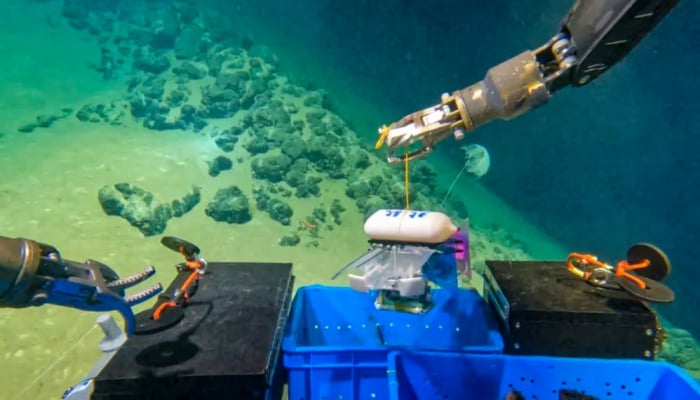





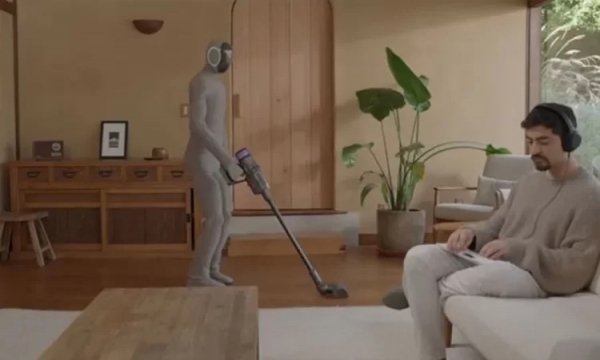



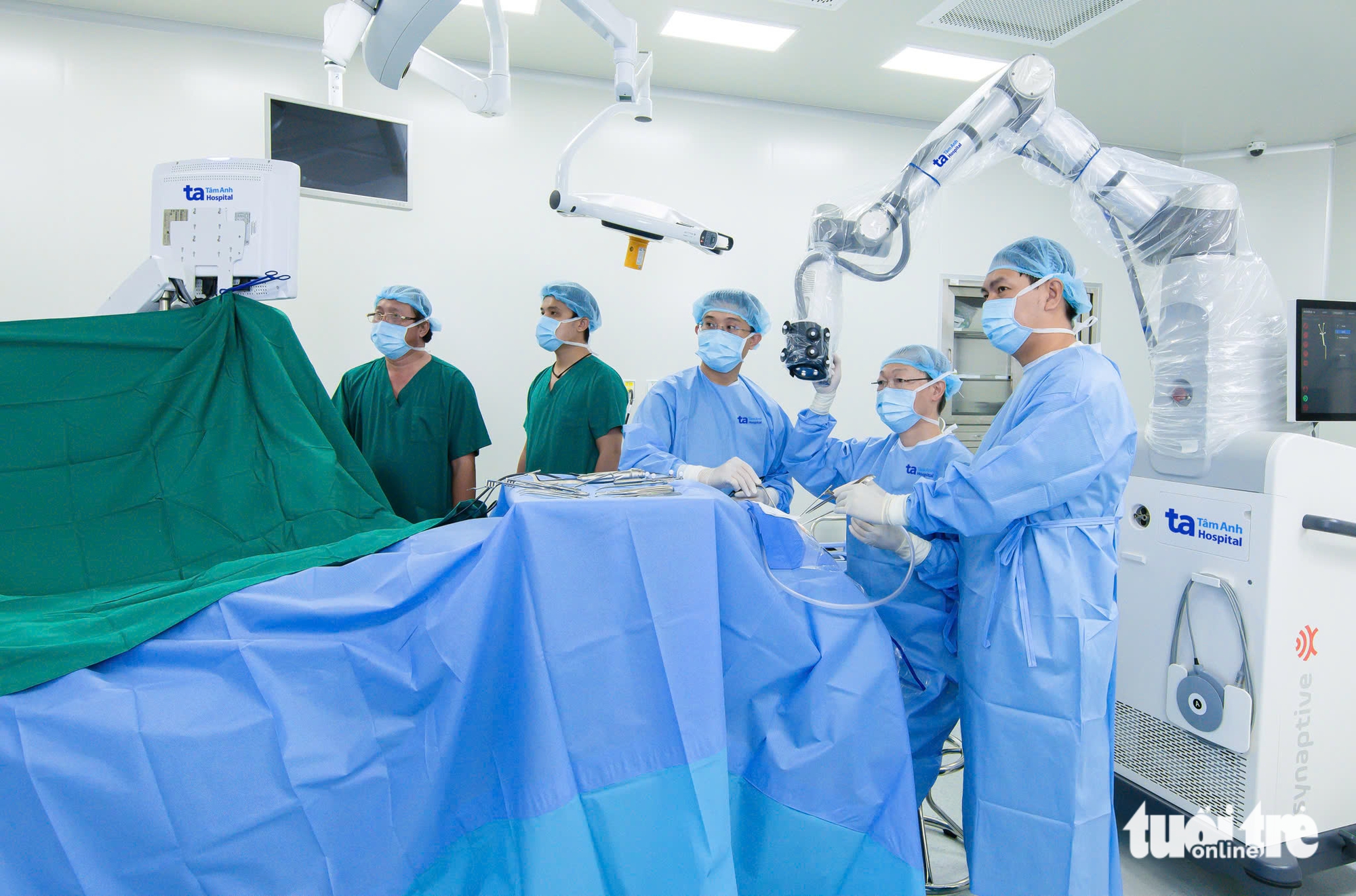












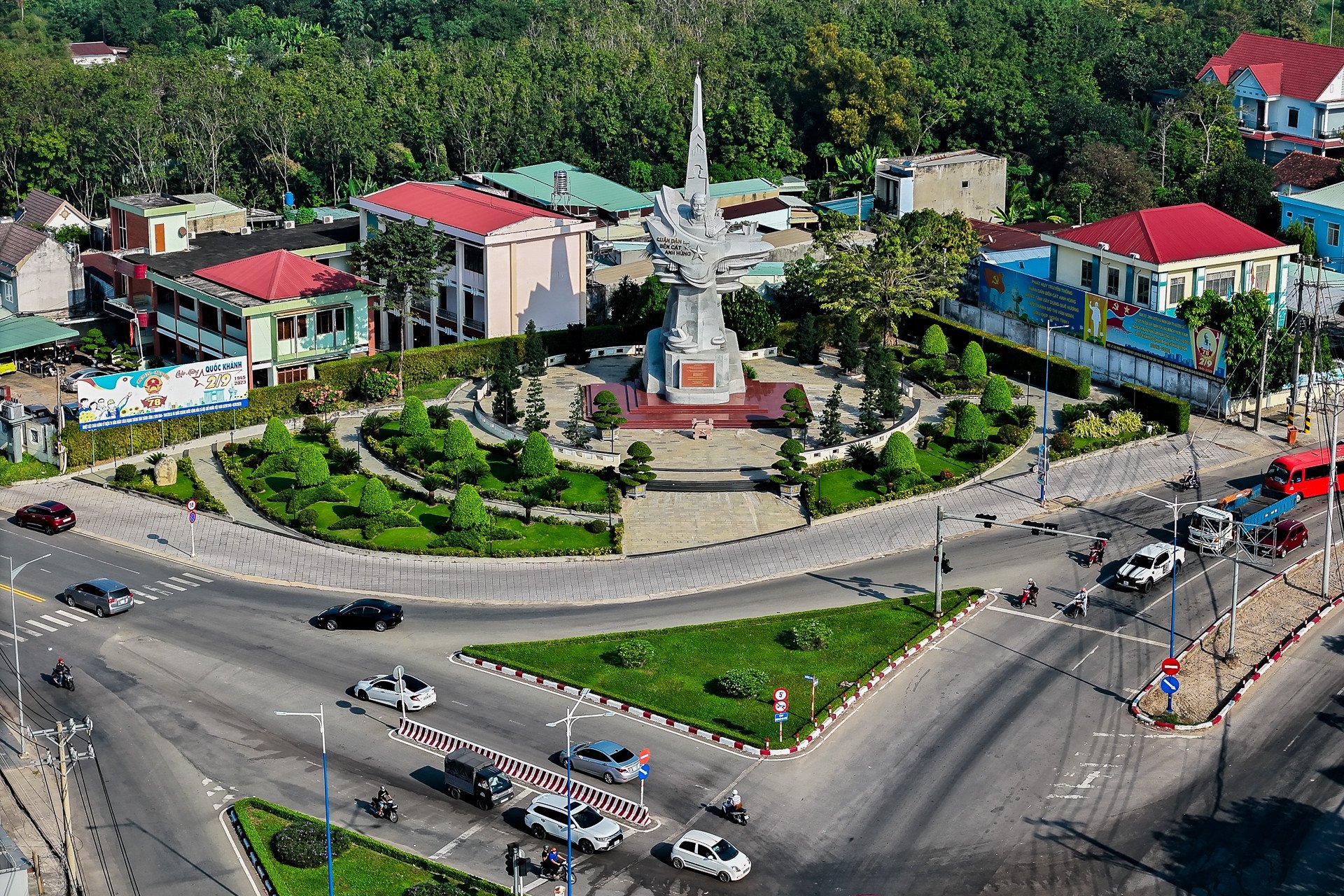




![[Photo] President Luong Cuong meets 100 typical examples of the Deeds of Kindness Program](https://vstatic.vietnam.vn/vietnam/resource/IMAGE/2025/4/16/ce8300edfa7e4afbb3d6da8f2172d580)











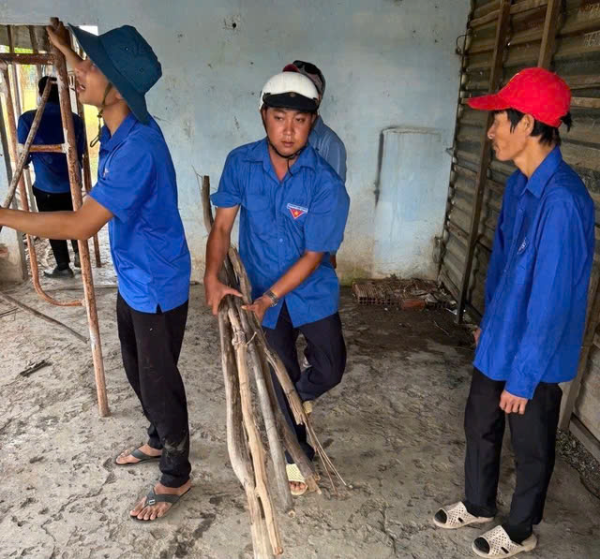





















































Comment (0)